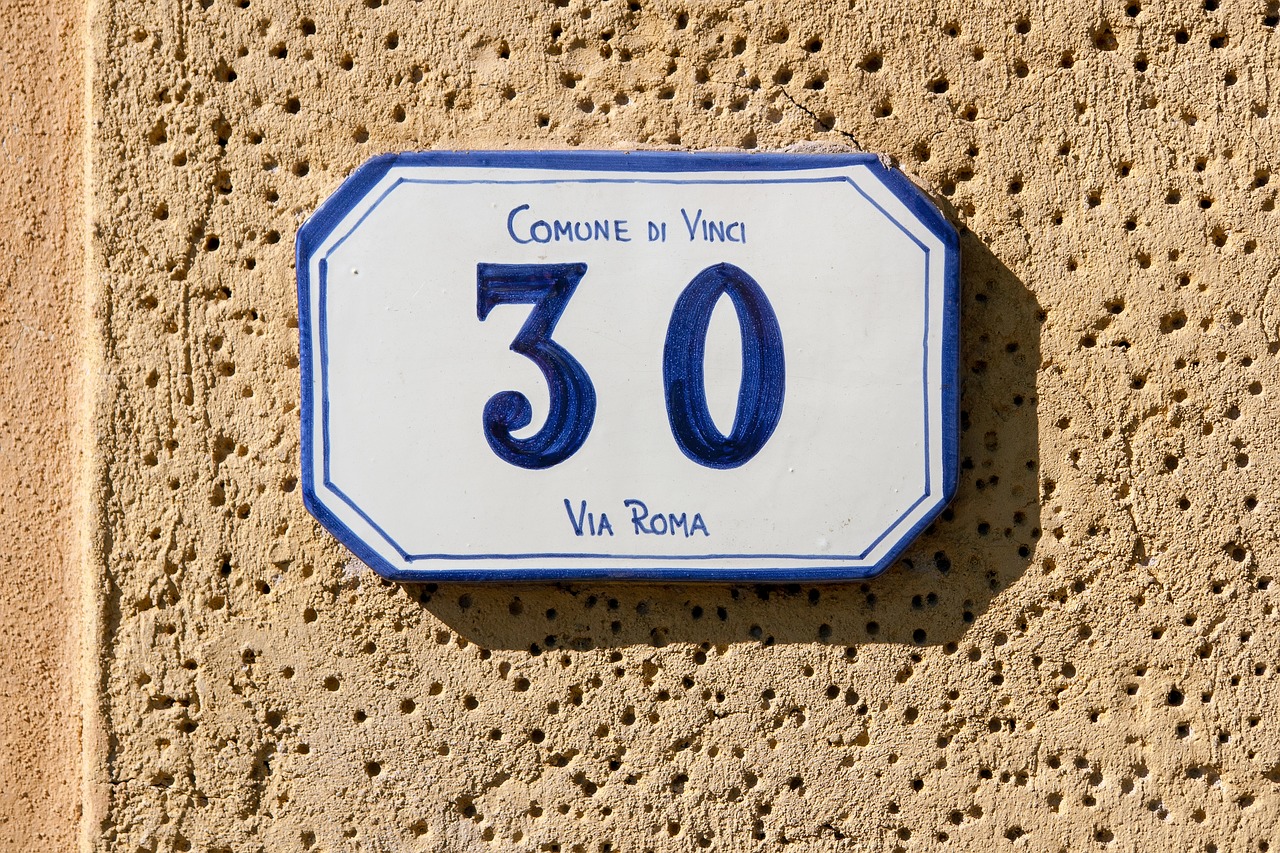Uno, Due, Tre: Italian Numbers
In this post you’ll learn Italian numbers and how to use them. So you’ll learn how to count in Italian, and then you’ll see how to use Italian numbers in practical situations. First, we’ll look at the basic Italian numbers from one to ten. Then we’ll see higher numbers. Finally we’ll see some examples of using numbers in conversation, for talking about prices, giving addresses and phone numbers, and more.
Ciao! This post is a free sample of a lesson from our online Italian course. The beginner’s course includes all of the vocabulary from our basic mini-lessons, with full audio support by native speakers. The online course also includes simple explanations of basic Italian grammar, plenty of examples, and loads of practice exercises, quizzes, and games. You can check out sample lessons or enroll in the online course here.
How to count in Italian from 0-10
Let’s start with the Italian numbers from zero zero through dieci ten.
- 0 zero
- 1 uno
- 2 due
- 3 tre
- 4 quattro
- 5 cinque
- 6 sei
- 7 sette
- 8 otto
- 9 nove
- 10 dieci
How to count in Italian from 11-19
Now let’s look at higher Italian numbers. To form 11 through 16, add –dici to the basic number. But notice that there are minor changes: uno becomes un-, due becomes do-, quattro becomes quattor-, cinque becomes quin-, and sei becomes se-. For 17, 18, and 19, start with dicia– and then add the basic numbers. Note that it’s dici– before otto, without the a.
- 11 undici
- 12 dodici
- 13 tredici
- 14 quattordici
- 15 quindici
- 16 sedici
- 17 diciassette
- 18 diciotto
- 19 diciannove
How to count in Italian from 20-99
Next, let’s move on to Italian numbers above 19. Here are the tens. Notice that the ones are added right after the tens.
- 20 venti
- 21 ventuno
- 22 ventidue
- 23 ventitré
- 24 ventiquattro
- 25 venticinque
- 30 trenta
- 40 quaranta
- 50 cinquanta
- 60 sessanta
- 70 settanta
- 80 ottanta
- 90 novanta
- 98 novant’otto
- 99 novantanove
Higher Italian Numbers
And here are higher Italian numbers from 100 on.
- 100 cento
- 200 duecento
- 300 trecento
- 450 quattrocento cinquanta
- 1,000 mille
- 2,000 duemila
- 100,000 centomila
- 1,000,000 un milione
Using Italian Numbers
Let’s see some typical examples of how you might use Italian numbers.
- Due bicchieri d’acqua, per favore.
Two glasses of water, please. - Un tavolo per due/tre/quattro/cinque persone, per favore.
A table for two/three/four/five people, please. - Che ore sono?
What time is it? - Sono le sette di sera / le undici del mattino.
It’s seven o’clock in the evening / eleven o’clock in the morning. - È la stanza numero trentasette, al terzo piano.
It’s room number thirty seven, on the third floor. - Quanti anni hai?
How old are you? - Ho venti/trentacinque/cinquanta anni.
I’m twenty/ thirty five/ fifty years old. - Quanto costa?
How much does it cost? - Costa dieci Euro.
It costs €10. - Quante sorelle hai?
How many sisters do you have? - Ho due sorelle.
I have two sisters. - Qual è il tuo numero di telefono?
What is your phone number? - Il mio numero di telefono è 06 2345761 (zero sei, due tre quattro, cinque sette sei uno).
My phone number is 06 2345761. - Dov’è l’hotel?
Where is the hotel? - L’albergo si trova in via Garibaldi 25 (venticinque).
The hotel is at 25 Garibaldi Street.
Do you want to learn Italian?
We hope you’ve enjoyed learning how to count in Italian, and how to use Italian numbers. If you’re interested in learning more, check out our other posts on Italian language, culture, and more. And if you’re looking for convenient and affordable live Italian lessons with a real teacher, check out The Language Garage. Our lessons are given online in a virtual classroom, so it doesn’t matter where you live or work – we can come to you. And we have flexible options, with a free trial so that you can decide if there’s a fit. Check us out!







